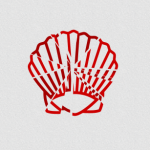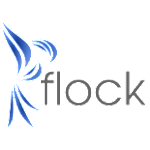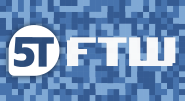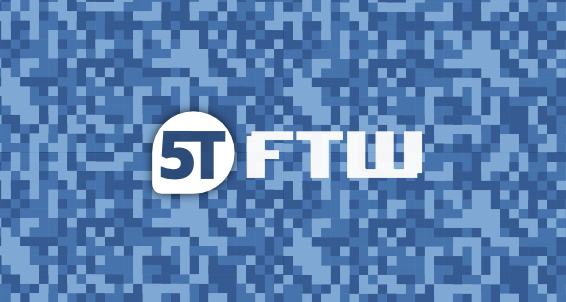Fedora is a big project, and it’s hard to keep up with it all. This series highlights interesting happenings in five different areas every week. It isn’t comprehensive news coverage — just quick summaries with links to each. Here are the five things for October 3rd, 2014:

Shellshock (CVE-2014-6271/CVE-2014-7169) followup
Hopefully this is the last word on this (knock on wood), but there are a few tidbits to note. First, the Fedora Docker images on the Docker hub have all been updated, from the base image to all of the pre-made specific images including Node.js, OwnCloud, MariaDB, and so on. Second, we have awarded an electrifying new badge to the dozens of people who helped us get the update out. Thanks to all of you!
If you missed it but are still curious, see all of our coverage on Fedora Magazine under the shellshock tag.
Important Fedora governance discussion
In the months leading up to Flock, at Flock, and after, the Fedora Project board and interested community members have been talking about a new top-level governance model for the project. This is intended to provide more clear project-level communication, increase meritocratic representation of people directly involved in the project, and set up a framework for more efficient use of our limited resources for the most impact.
The new body, which we are calling the Fedora Council, will replace the Fedora board as stewards of the Fedora mission and our shared core values. This is important to everyone involved in the project — end users and all contributors to all aspects of Fedora, at any level. Take a look at the (in-progress and evolving) draft charter, and join the conversation on the public board-discuss mailing list.

Finalizing Flock locations
As mentioned last week, we have four bids for 2015’s Flock conference in North America. Flock organizer Ruth Suehle recently announced a call for input on the proposals Your response would be very helpful, if you’re thinking of attending — and if you’re a Fedora contributor or want to become one, I hope to see you there next summer!
Fedora Calendar upgrade
A few months ago, I wrote about Fedora’s calendaring system, Fedocal. Among other things like scheduling team meetings, contributors use it to note their vacations, so the rest of us can coordinate around that. There have been some complaints that this ends up being harder to read than the old wiki-page solution, but this week, Fedocal developer Pierre-Yves Chibon announced a new version which includes a list view which addresses that. It’s in “staging” now (that is, on a test server), but will go into production use soon. Testing is welcome on the staging instance.
Fedora 21 progress
The Fedora Alpha was released last week, and we’re in the process of evaluating the test criteria for the Beta release scheduled for October 28th, and fixing corresponding bugs. If you’re interested in helping, join the QA team, or simply participate in a Test Day. (If you haven’t before, it’s easy. Read Amita Sharma’s article on what it’s like to get a feel, or just jump in.)
Also, please keep in mind that Fedora release days are targets, not deadlines — we aim for them, but our releases come out only when we meet our criteria for quality. We hope that there won’t be any more schedule slips, but when that happens, it’s just part of the process, not some sort of failure.







Markus McLaughlin
How will F21 differ from RHEL/CentOS 7? 😀
Markus McLaughlin
Hudson, MA
Matthew Miller
In what sense? Most packages will be newer, and more software is packaged.
Magesh M
Hi team,
We are wating for Fedora 21 release